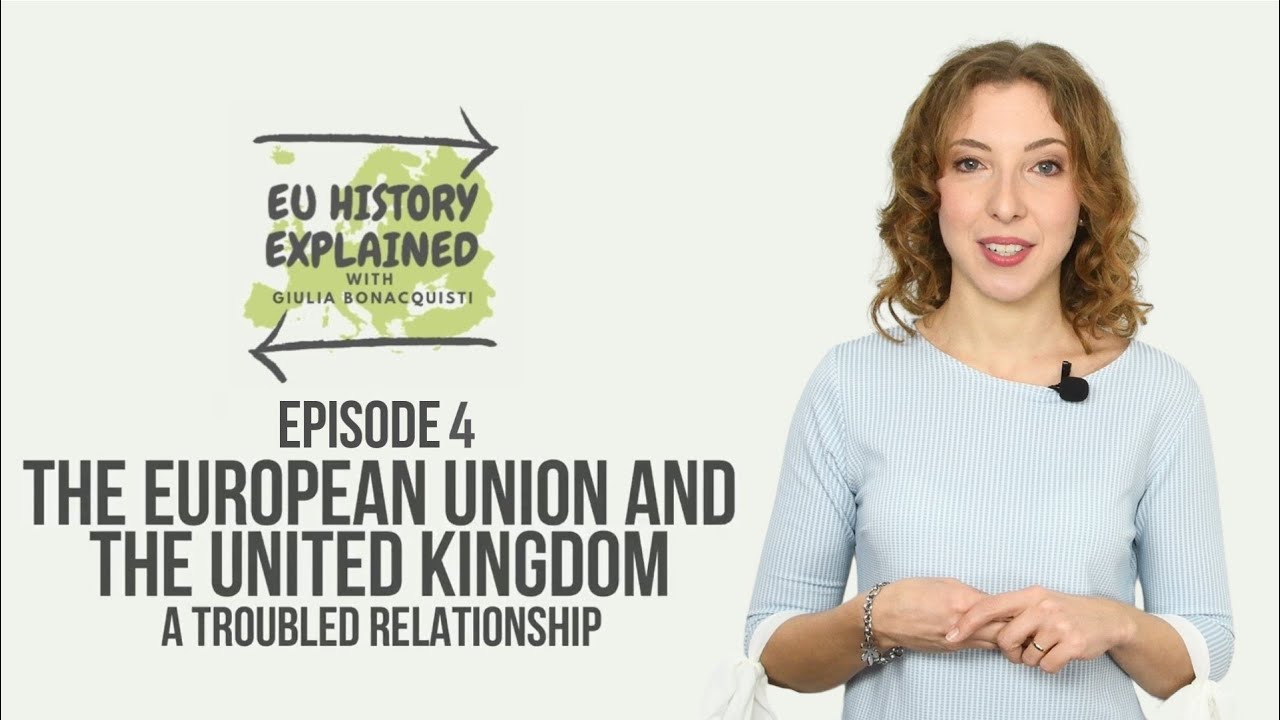A softer Brexit is a better Brexit
Summary
TLDRThe video script examines Britain's impending exit from the EU and compares it to Norway's experience after rejecting EU membership in 1994. It discusses the challenges Britain faces in maintaining access to the EU market while pursuing independence from EU regulations. Experts emphasize the potential benefits of adopting a bespoke EEA model similar to Norway's, which allows for free trade while avoiding significant transition costs. The script highlights political tensions surrounding open borders and the importance of learning from Norway's journey to navigate the complexities of Brexit effectively.
Takeaways
- 🇬🇧 Britain is set to leave the European Union in March 2019 after a decisive public vote.
- 🌍 The EU is Britain's most important market, making access crucial for British businesses.
- 🔄 Norway serves as a relevant case study, having voted against EU membership in 1994 to protect its fishing industry.
- 🎣 Norwegian fishermen preferred staying outside the EU to maintain management of fishery resources and avoid foreign competition.
- ⚖️ Norway shares 90% of its waters with the EU, balancing access to the European market while remaining independent.
- 📈 The European Economic Area (EEA) allows Norway to benefit from free trade without EU bureaucracy.
- 📚 Experts like John Fossum argue that a Norway-like model could provide stability and predictability for Britain's economy.
- 🇪🇺 Theresa May has expressed concerns that joining the EEA would keep Britain too closely tied to EU regulations.
- 🚧 Adopting an EEA model could help address the Irish border issue by maintaining open borders.
- 📉 Norway faced challenges with EU-imposed tariffs on its exports, indicating potential difficulties for Britain post-Brexit.
- 🛠️ Negotiating a bespoke EEA deal for Britain could be the most cost-effective solution to maintain EU relations during the Brexit process.
Q & A
What was the main decision made by the British public in the 2016 referendum?
-The British public voted decisively to leave the European Union.
What significant challenge does Britain face regarding its market after the Brexit vote?
-Britain needs to find a way to maintain access to the EU, its most important market, while exiting the EU.
How did Norway respond to its EU membership referendum in 1994?
-Norway voted against joining the EU in 1994 to protect its fishing industry and opted to remain part of the European Economic Area (EEA).
What are the economic advantages Norway gained from staying outside the EU?
-Norway enjoys free trade with the EU and the economic benefits of single-market membership without the bureaucratic constraints of EU membership.
How does the EEA model relate to the Irish border issue in Brexit negotiations?
-Adopting the EEA model could help solve the Irish border problem by extending the EU single market to EEA countries, ensuring more seamless trade and border management.
What are the concerns of Brexit supporters regarding the Norway model?
-Many Brexit supporters believe the Norway model would keep Britain too tied to EU regulations while giving them no say in their creation.
What challenges did Norway face after its fishing industry was affected by EU regulations?
-Norway faced higher tariffs and had to seek new markets due to EU-imposed countervailing duties, which created significant economic difficulties.
What has been the status of Brexit negotiations since Article 50 was triggered?
-Britain has struggled to negotiate a Brexit deal since March 2017, with little progress made in discussions.
What does the speaker suggest about the feasibility of a bespoke EEA deal for Britain?
-The speaker suggests that a bespoke EEA deal for Britain is possible as the EU changes, representing a practical and cost-effective approach to Brexit.
What potential outcomes does the speaker highlight regarding Norway's experience and Britain's Brexit process?
-The speaker indicates that Britain can learn from Norway's experience, implying that a similar approach might mitigate negative consequences and facilitate a smoother transition.
Outlines

هذا القسم متوفر فقط للمشتركين. يرجى الترقية للوصول إلى هذه الميزة.
قم بالترقية الآنMindmap

هذا القسم متوفر فقط للمشتركين. يرجى الترقية للوصول إلى هذه الميزة.
قم بالترقية الآنKeywords

هذا القسم متوفر فقط للمشتركين. يرجى الترقية للوصول إلى هذه الميزة.
قم بالترقية الآنHighlights

هذا القسم متوفر فقط للمشتركين. يرجى الترقية للوصول إلى هذه الميزة.
قم بالترقية الآنTranscripts

هذا القسم متوفر فقط للمشتركين. يرجى الترقية للوصول إلى هذه الميزة.
قم بالترقية الآنتصفح المزيد من مقاطع الفيديو ذات الصلة

Sverige i EU | SAMHÄLLSKUNSKAP FÖRKLARAD | Gymnasiet

Why, How and When did Britain Join the EU? (Short Animated Documentary)

The European Union & the United Kingdom: A Troubled Relationship | EU History Explained Episode 4

SPAIN - New BORDER CONTROLS from NOVEMBER 2024 - The EES explained!

The European Union Explained*

Could another war break out in Europe?
5.0 / 5 (0 votes)
